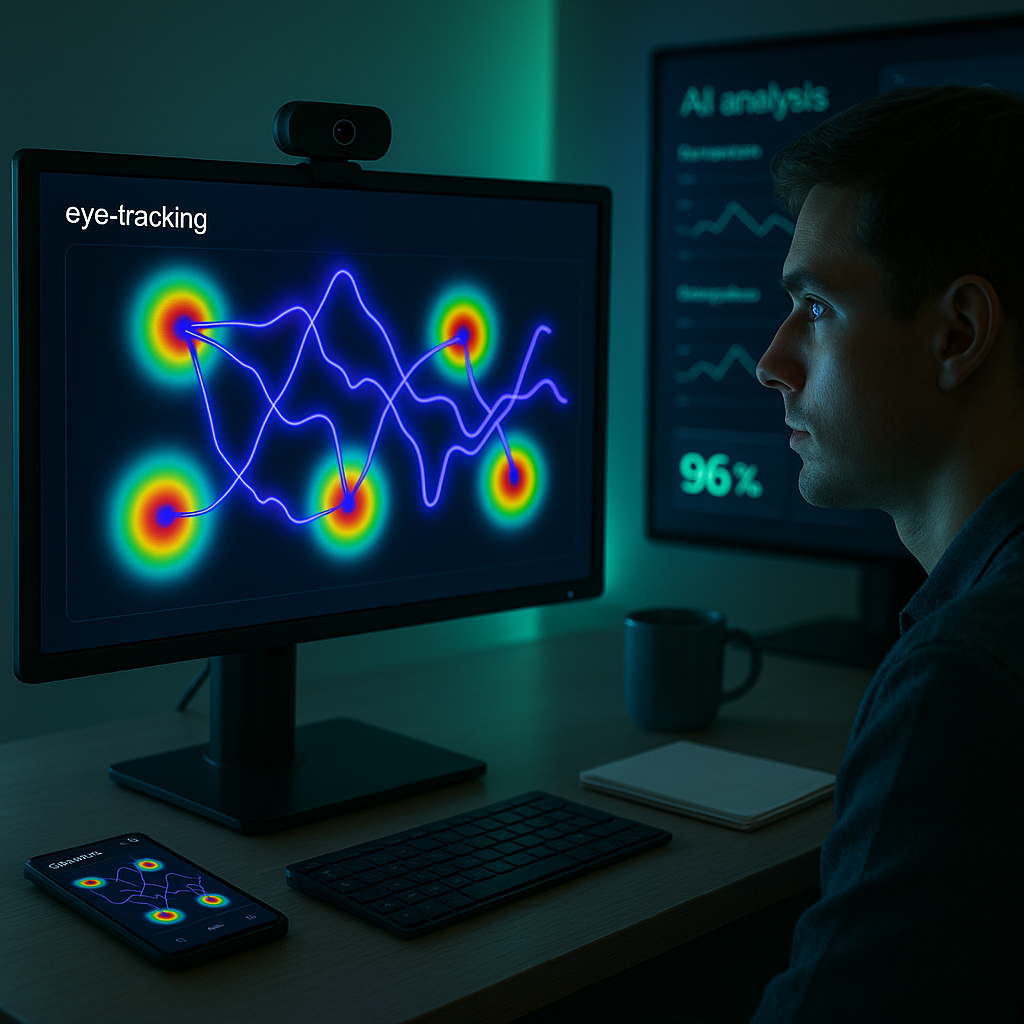Key Takeaways
- Automation Tools Central: ADHD founders use AI assistants and automated routines to reduce task overwhelm, streamline decision-making, and minimize burnout triggers.
- Flexible Workflows Enable Hyperfocus: Adaptable systems leverage intense periods of focus and creativity, letting founders work with their natural rhythms.
- Acceptance Over Struggle: By accepting their neurodivergence, founders report increased productivity, energy, and greater business resilience.
- Personalization Is Key: Customized solutions, rather than generic productivity hacks, enable ADHD professionals to build sustainable, scalable businesses.
- Community and Consulting Fuel Growth: Platforms like ADHDink provide actionable tools and consulting, helping others adopt ADHD-friendly systems and unlock potential across the neurodivergent community.
Introduction
Founders with ADHD are reshaping entrepreneurship by designing flexible, automation-first workflows that align with their strengths. Using tools such as AI assistants to streamline tasks and prevent burnout, they embrace neurodivergence and tailor systems to their attention patterns. This reframes obstacles as competitive advantages. It also shows how ADHD can fuel innovation and business resilience.
Leveraging Natural ADHD Strengths
ADHD founders often excel at spotting inefficiencies and creating innovative solutions, thanks to divergent thinking patterns. Their ability to hyperfocus on engaging tasks or notice unexpected connections often sparks breakthrough workflow ideas.
A lot of successful ADHD entrepreneurs say that building systems around their natural attention rhythms (instead of squeezing into traditional frameworks) has been a game changer. Sarah Martinez, founder of FlexTech Solutions, once shared that shifting to brain-friendly workflows made all the difference.
These leaders now see their neurodivergence as an asset in the digital economy. Living with attention variability firsthand often leads to more resilient and adaptive business systems.
Building Flexible Infrastructure
ADHD-friendly workflows thrive on flexibility rather than rigid structure. The goal? Support those natural swings in focus and energy—because let’s face it, nobody feels laser-focused all the time. This usually means modular systems that you can shuffle to fit your cognitive style.
Cloud-based tools and digital workspaces let people switch easily between working styles. Project management platforms that do both linear and non-linear task organization have become favorites among ADHD founders.
The big idea is to design systems that flex rather than break as attention shifts. Marcus Chen, CTO of NeuroDiverse Operations, puts it plainly: their workflows expect variability and provide back-up for it, instead of banking on rock-steady focus.
Automation as a Support System
Strategic automation steps in as an external executive function, handling those repetitive, attention-draining tasks. Founders turn to automation not just to save time but to get some much-needed cognitive relief.
Think email filters, calendar nudges, automated follow-ups—the kind of things that quietly keep you on track when your focus dips. These systems catch the details and keep things rolling when you get lost in the zone.
Modern automation tools get smarter, too. With a little machine learning, they can figure out exactly when you’re likely to need support, using your own productivity highs and lows as a guide.
Real-World Implementation Examples
Tech entrepreneur Jamie Wilson discovered they kept missing manual steps in customer onboarding. The fix? A fully automated onboarding system that now manages 90 percent of client setup with barely any oversight.
Pat Reynolds, who runs a marketing agency, swapped to flexible project software that shifts deadlines automatically based on team energy and attention. The result: 65 percent fewer missed deadlines and a notably happier crew.
What’s common here is working with attention swings, not fighting them. Results matter more than coloring inside the lines of a conventional workday.
Creating Sustainable Growth
Long-term success for ADHD founders hinges on systems that scale without constant energy-wrangling. Automated workflows documenting processes and decisions seem especially powerful.
Surprisingly, many founders find that these methods actually make businesses more robust. Alex Rivera of Adaptive Systems Inc. says the clarity and documentation help everyone scale because nobody has to rely on memory alone.
Funny enough, these creative solutions attract all kinds of professionals, not just neurodivergent ones. Turns out lots of people want a bit more flexibility in their workplace, right?
Conclusion
ADHD founders show us that flexible, automation-first workflows can turn variable attention into a real force for good—boosting both innovation and resilience. Their track record hints at a bigger trend toward embracing neurodiverse strengths for strong, sustainable businesses. One thing to watch: as these flexible, automation-driven ideas catch on, we might see many more teams leaning into workplace inclusion and new models for getting things done.





Leave a Reply